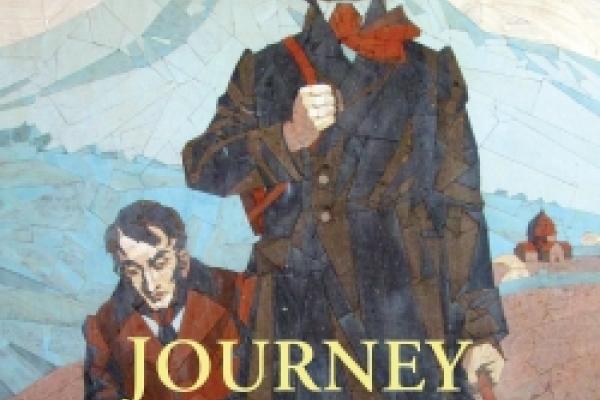
Join CSEES for a lecture given by Pietro Shakarian (PhD student, History Department) on Friday, January 27 at noon. Feel free to bring your lunch to the lecture.
Abstract:
In the past year, Russo-Turkish relations shifted from open antagonism to a tenuous détente. The main bones of contention were Syria and the Kurds, but Russia also called into question the 1921 Treaty of Moscow, which established Turkey’s borders with the former Soviet republics of the Caucasus (Armenia, Georgia, and Azerbaijan). This presentation will explore a fascinating historical episode concerning one section of this often-disputed former Russo-Turkish frontier.
Baltic German explorer Friedrich Parrot, the father of Russian and Estonian mountaineering, traveled from the University of Dorpat (today Tartu, Estonia) to Russian Armenia and the Russo-Turkish border in 1829. His aim was to climb Mount Ararat, a symbol of Armenian national and spiritual identity, said to be the resting place of Noah’s Ark. Ararat was considered to be unconquerable by both the European scientific establishment and conservative Armenian clergy. However, Parrot defied such skepticism. Accompanied by Armenian writer Khachatur Abovian, two Russian soldiers, and two Armenian villagers, he eventually reached the summit of the mountain.
In addition to Armenia and Ararat, Parrot traveled through Ukraine, Kalmykia, Ingushetia, North Ossetia, and Georgia as well as the German colonies of Transcaucasia. Consequently, his memoir of the expedition, Journey to Ararat, serves as a vivid historical portrait of the multiethnic landscape of the Russian Empire in the early 19th century. The book was recently republished with a critical introduction by Pietro A. Shakarian, a PhD student in History at OSU. The new edition also includes restored illustrations from the Cleveland Public Library’s John G. White Special Collection, rare historical documents from Estonia and Armenia, and new maps. This talk will highlight both Parrot’s journey and the present-day politics over Ararat and the historical Russo-Turkish frontier.
